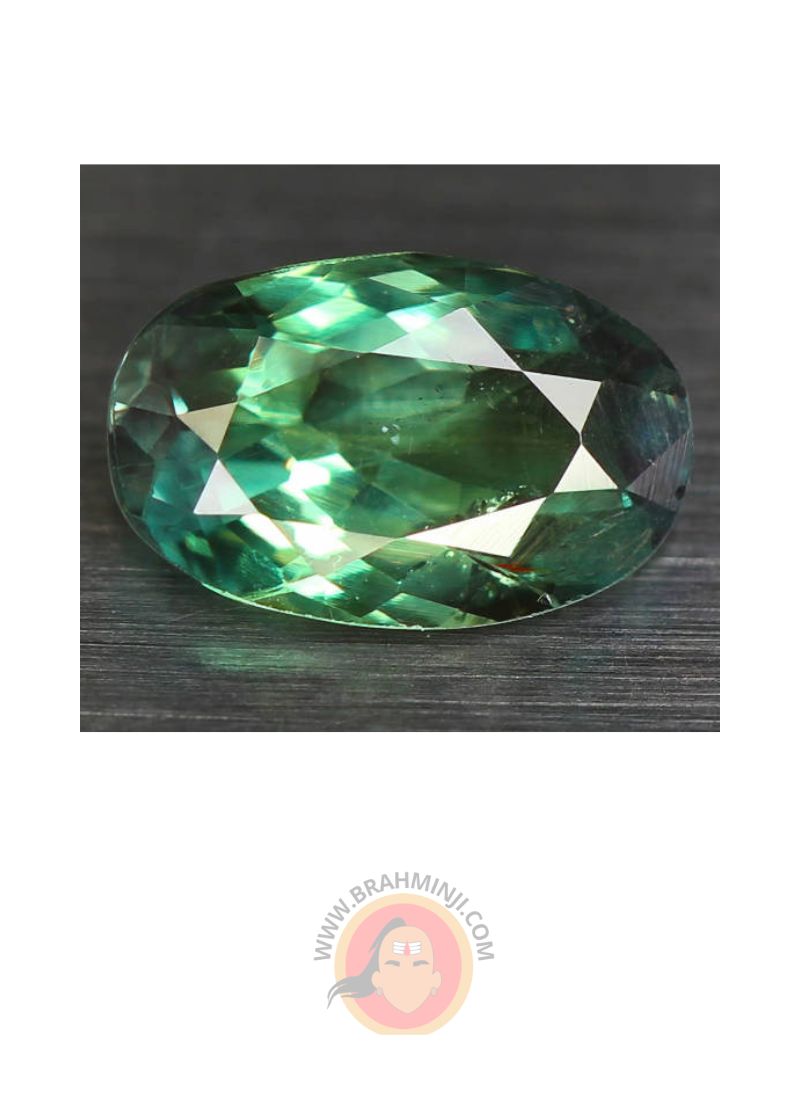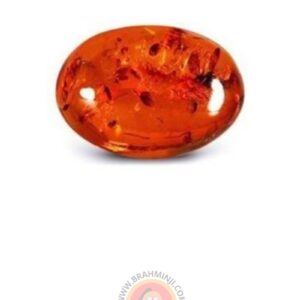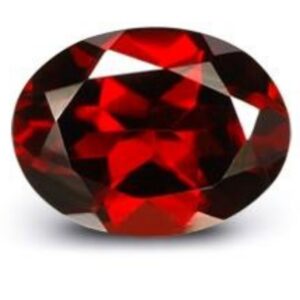Description
Alexandrite is a gemstone known for its color-changing properties. It belongs to the chrysoberyl family of minerals and is highly valued for its rarity and unique optical characteristics. Here are some key aspects of alexandrite as a gemstone:
Color: Alexandrite is renowned for its ability to change color under different lighting conditions. In daylight or fluorescent light, it typically appears green or bluish-green. However, when viewed under incandescent light or candlelight, it exhibits shades of red, purplish-red, or raspberry-red. This dramatic color change is due to the presence of chromium in its crystal structure.
Clarity: Like other gemstones, alexandrite’s clarity refers to the absence of internal flaws or inclusions. The higher the clarity, the more valuable the stone. However, it is important to note that natural alexandrite often contains some inclusions, and they are typically accepted as long as they do not significantly affect the gem’s beauty or durability.
Cut: The cut of an alexandrite stone is crucial in bringing out its best color and maximizing its brilliance. Skilled lapidaries carefully cut and shape alexandrite to enhance its color-changing properties while maintaining the stone’s overall beauty.
Carat Weight: Alexandrite, like other gemstones, is measured in carats, which denotes its weight. Larger alexandrite gemstones are rarer and, therefore, more valuable. However, the value of alexandrite is not solely determined by carat weight but also by its color, clarity, and quality of the color change.
Origin: Natural alexandrite is found in various locations worldwide, including Russia (the original source), Brazil, Sri Lanka, India, and Tanzania. The original Russian alexandrites from the Ural Mountains are highly prized, but today, most alexandrite on the market comes from other sources.
Synthetic Alexandrite: Due to the rarity and high cost of natural alexandrite, synthetic or lab-created alexandrite is widely available. These synthetic stones possess the same chemical and physical properties as natural alexandrite and exhibit the color change phenomenon. They offer a more affordable option while still retaining the beauty and allure of the natural gem.
Alexandrite is often used in jewelry, including rings, earrings, pendants, and bracelets. Its captivating color-changing nature makes it a popular choice for collectors, gem enthusiasts, and individuals looking for a unique and precious gemstone.


